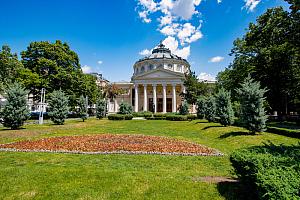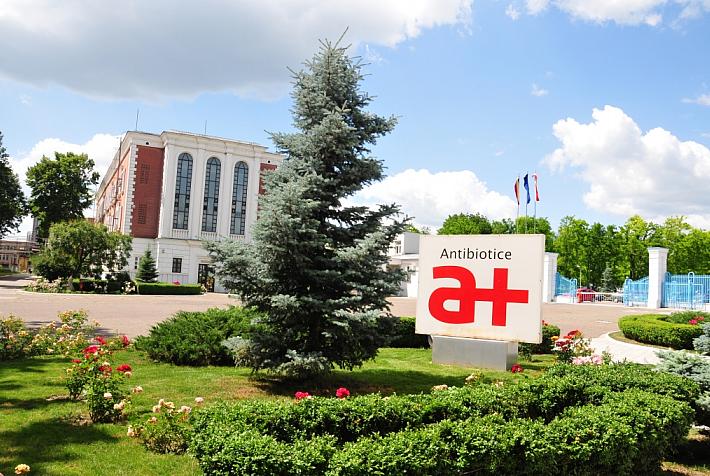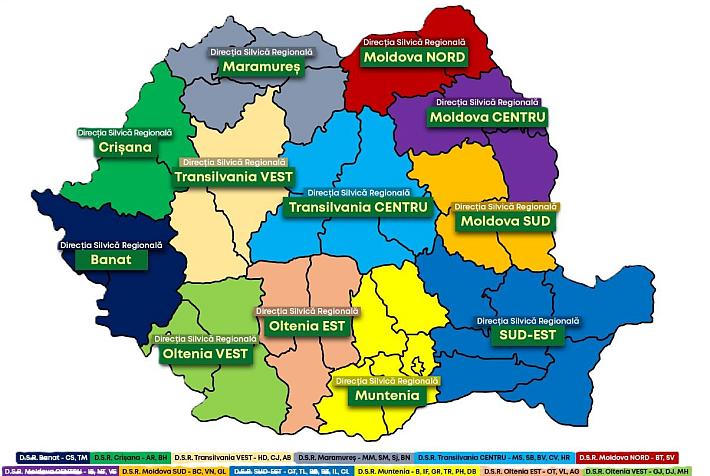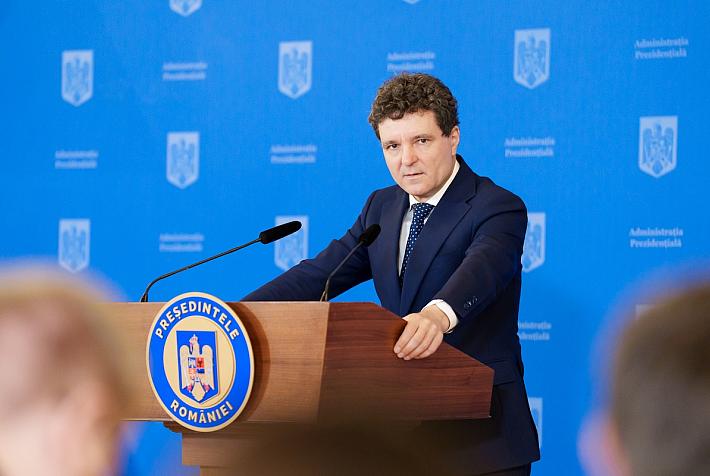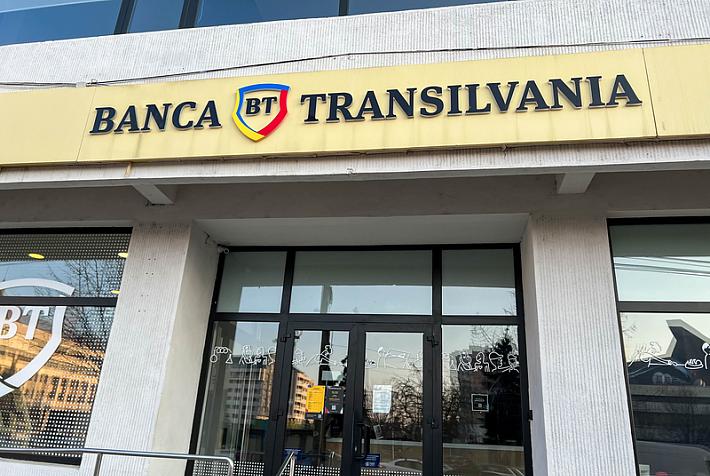Top artists, Athenaeum as cultural center: Bucharest's George Enescu Philharmonic unveils development plans
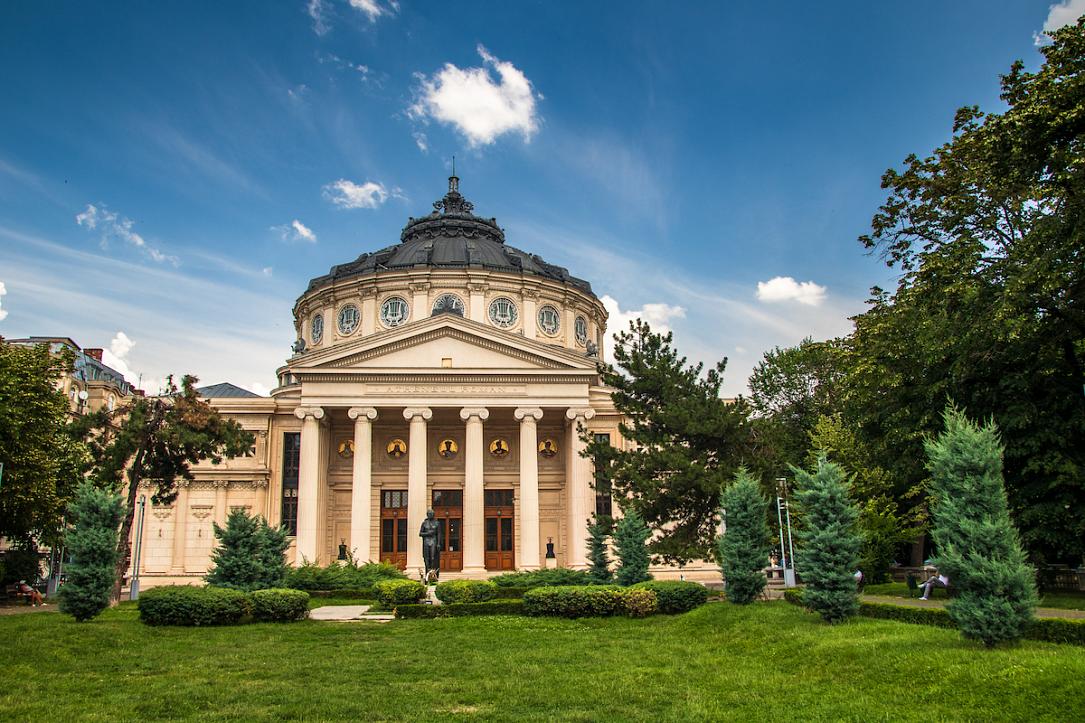
A 2024-2025 season studded with celebrated artists and turning the Romanian Athenaeum into a "lively cultural center" are part of the transformation and development process the George Enescu Philharmonic (FGE), housed by the Romanian Athenaeum, is currently undergoing, the institution announced.
The FGE plans to offer the audience the "experience of a season of international value" and make FGE known internationally "for the quality of its artists and its sound." As such, the Bucharest public will be able to attend a 2024-2025 program where FGE guests include conductor Charles Dutoit, violinist Renaud Capuçon as soloist and conductor, and Yan Pascal Tortelier conducting Verdi's Requiem with Roberto Scandiuzzi among soloists. Violinists Daniel Hope and Vadim Repin will also take the stage of the Athenaeum in the upcoming season, when the program includes Ravel's L'Heure Espagnole, conducted by Maxim Pascal, Richard Strauss's Elektra, conducted by Christian Badea, Mahler's Symphony No 2 led by Vasily Petrenko, Bernstein's Kaddish with Alexandre Bloch conducting, and Bach's Matthaeus-Passion, conducted by Gabriel Bebeșelea.
The complete program of the 2024-2025 season will be announced in August, when concert passes will also go on sale.
In the current season, the FGE has brought to Bucharest conductors Leonard Slatkin, Laurence Foster, Justus Franz, and Jean-Claude Casadesus, among others.
"The process of improving the artistic performance and the program quality has already started. We attracted into the orchestra young artists. Our program improved significantly in 2023 by bringing to Bucharest names recognized internationally. We have created new programs, such as the educational one Muzica pe înțelesul tuturor and the program for promoting young composers from Romania. We will continue along these lines with even more energy," Marin Cazacu, the director of the George Enescu Philharmonic, explained.
"The development of the Philharmonic and of the Athenaeum will only be possible if the community joins us and supports us in the long run, just as the community was the one that, in the 19th century, made possible the establishment of the Philharmonic and the building of the Athenaeum," he added.
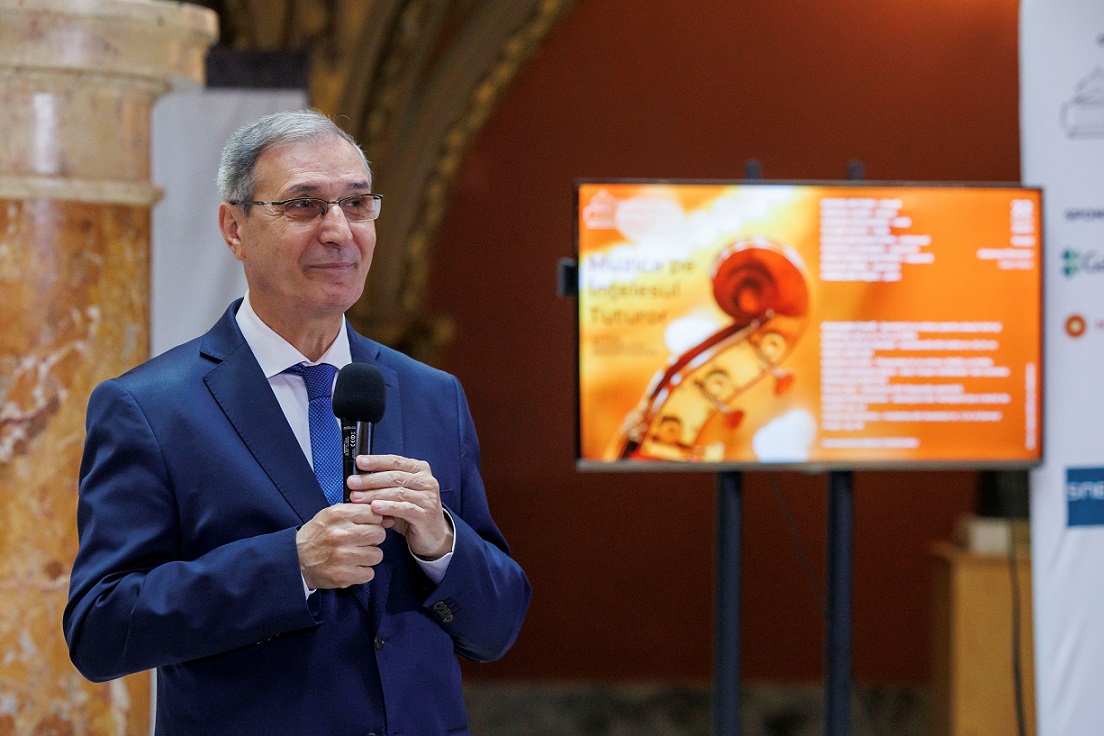
A museum & upgraded technical infrastructure
The FGE's plans also cover turning the Romanian Athenaeum into a cultural center by diversifying the cultural activities taking place here. A museum is set to reopen at the Athenaeum, which would host various exhibitions and other cultural events.
The building's technical infrastructure is set for an upgrade of its light and sound installations, and a video broadcast system is to be added.
The Athenaeum, which received the European Heritage label this month, was built by the Romanian Athenaeum Society at the end of the 19th century. The organization, led by naturalist Constantin Esarcu and including figures such as Alexandru Odobescu, V. A. Urechia, and Nicolae Kretzulescu, aimed to educate and disseminate culture through conferences, classical music concerts, exhibitions, and other artistic activities.
When the construction of the concert hall was finalized in 1889, the Athenaeum became home to the Romanian Philharmonic Society, established nearly two decades earlier to disseminate musical culture and popularize the masterpieces of classical composers. These cultural societies and their landmark building are part of the modernization process in the United Principalities of Romania, declared a Kingdom in 1881 after gaining state independence from the Ottoman Empire at the end of the Russo-Turkish War (1877-1878).
Education & community building and a new visual identity
FGE also intends to consolidate its educational programs and the community around it, while attracting a young audience to the concert hall and the cultural activities planned at the Athenaeum.
At the same time, FGE will have a new visual identity, which it is transitioning to starting in May of this year.
(Photo: Milan Maksovic/ Dreamstime)
simona@romania-insider.com






